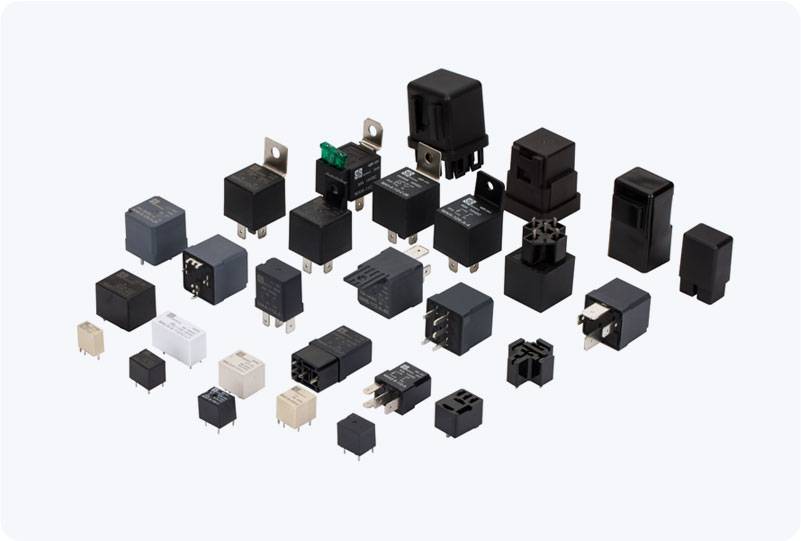understanding overload protection relay: a key component in electrical protection
Release time:2025-10-17 23:39:03
Overload protection is a critical aspect of electrical systems, particularly in industrial and commercial environments where motors and heavy machinery operate. One of the most effective tools in safeguarding electrical equipment is the Overload Protection Relay. This device is designed to prevent motor damage due to excessive current, ensuring the longevity of machinery and reducing maintenance costs. In this article, we will explore the functionality, types, and importance of overload protection relays, as well as their application in various industries.

What is an Overload Protection Relay?
An Overload Protection Relay is an electrical safety device that monitors the current flowing through a circuit and automatically disconnects the circuit when the current exceeds a predetermined threshold. The main purpose of this relay is to protect motors, pumps, compressors, and other electrical devices from damage caused by prolonged overcurrent conditions. By detecting these overloads and disconnecting the power supply, the relay prevents overheating, burning, and other types of electrical failures.
Overload protection relays are vital in systems where continuous or heavy electrical loads are a part of normal operations. Without this protection, motors could be exposed to damaging current levels that lead to premature failure. The relay acts as a safeguard to cut power when necessary, maintaining the integrity of the system.

